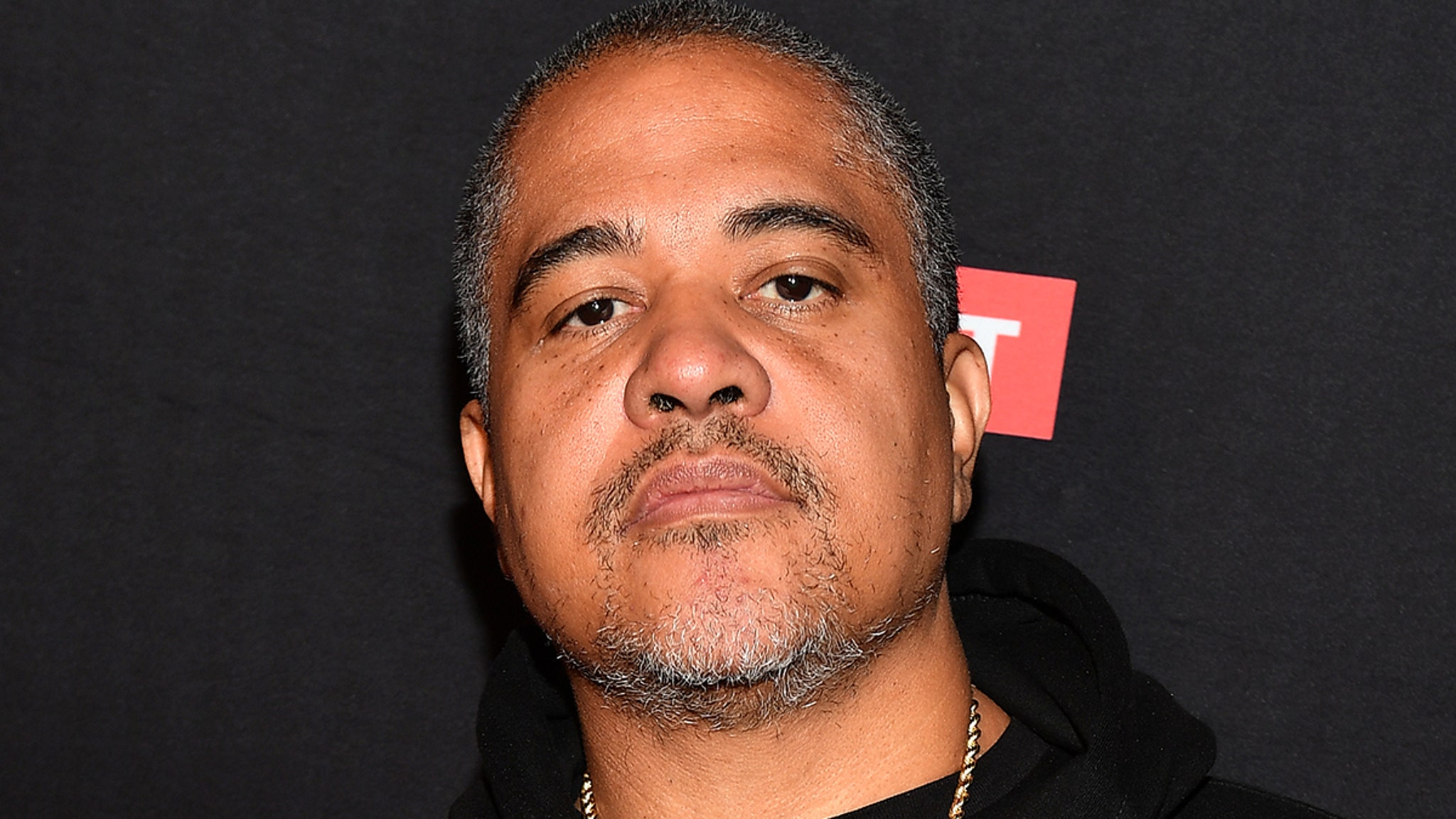Culture
‘Nickel Boys’ Awakens Black Cinema’s Time Revolution

By bending time and leaning on nonlinear storytelling, “Nickel Boys” joins a recent trend of contemporary Black filmmakers relinquishing the impulse to frame Black stories chronologically.
Adapted from Colson Whitehead’s Pulitzer Prize-winning novel “The Nickel Boys,” RaMell Ross’s film tells the story of Elwood (Ethan Herisse), an idealistic Black kid unjustly sent to an abusive Florida reform school called the Nickel Academy (based on the real-life Arthur G. Dozier School for Boys). The movie is shot primarily from first-person points-of-view, but its daring gaze isn’t its only big swing. This is an inventive nonlinear work whose story intuitively employs archival stills and footage to leap from the 1960s Civil Rights movement to the 2000s.
This filmic disruption is not only present in “Nickel Boys.” It can also be observed in films like “A Thousand and One,” “All Dirt Roads Taste of Salt” and “Time,” incalculable surveys of Black life that feel inextricably linked to the pandemic’s long hold and the tumult of Black Lives Matter. The emergence of these adventurous films spells an imperative time revolution in Black cinema.
In “Nickel Boys,” we witness Elwood’s close but complicated friendship with Turner (Brandon Wilson), a disillusioned teenager well aware of Nickel Academy’s savage breaking of Black bodies and minds. In the first third of the film, shot from the perspective of Elwood, we feel the warmth of hugs from his grandmother, Hattie (Aunjanue Ellis-Taylor), see how the other kids at Nickel size him up and hear the whirring industrial fan that spells doom at the reformatory. The immersion in Elwood’s vantage point forces all viewers to occupy a Black gaze and Black spectators to reckon with compartmentalized angst.
Later, Ross disrupts viewers again by switching points of view during a scene set in a cafeteria. In the first part of the sequence, seen from Elwood’s perspective, Turner is shocked by how passionately Elwood gobbles up the cafeteria food. Ross then cuts to a reverse time-lapsed scene on a boxcar where the seasons appear to run backward. Ross and his cinematographer, Jomo Fray, then audaciously switch to Turner’s viewpoint, replaying the scene through his eyes. That perspective shift proves vital to the film’s sense of time by opening the possibility that our experience of these Black lives, whether visually or temporally, is unstable and in need of repair.
Similar to Ross’s documentary “Hale County This Morning, This Evening,” which blended the sights and sounds of a Southern Black community into a time-bending concoction that evaded easy narrative categorization, this film’s heavy use of montage, a narrative-warping editing technique, demonstrates time’s ability to record and reframe Black life.
In a revealing montage at the end of the film, Ross depicts Elwood’s life through reversed scenes, stills of government identification, family photos and pictures of the forgotten Black faces from Nickel. A twist during the scene, related to a character’s identity, illustrates the limitations of subjectivity and the ephemera used to define a person’s biography. The film creates a startling paradox of simultaneously living through both past and present trauma.
The application of time in “Nickel Boys” borrows from the kinetic pace of Black life, an intrinsic tempo that inspired the spirit of jazz, gave rise to the Harlem Renaissance and birthed the Black Arts Movement. The movie runs counter to the linear storytelling of “race films,” blaxploitation or New Black Cinema, cinematic movements that confronted the social issues of the moment and recalled the brutal crimes of the past.
Ross’s approach to time is also rooted in his 2019 essay from Film Quarterly, “Renew the Encounter.” In it, he wrote, “Time becomes the new medium, a clock measuring the long macro drawl of a racial gesture left out.” Time grants Ross a canvas to paint Black life through evocative memories whose scattered temporal placement defies easy definition, inspiring viewers to develop personal meaning from these newly contextualized images.
But Ross’s bending and fracturing of years and seconds is not wholly new to Black film. Afrofuturism during the 1970s established itself as a destabilizing force that continues today. And in Los Angeles, the Black filmmakers of the L.A. Rebellion also grappled with time’s strain on Black life. The tension-filled vignettes of Charles Burnett’s “Killer of Sheep” (1978), the dreamlike images and nonlinear storytelling in Julie Dash’s Gullah narrative “Daughters of the Dust” (1991), and the twisting multidecade time span of a hearing man and deaf woman’s love in Zeinabu irene Davis’s “Compensation” (1999) broke with traditional storytelling modes.
While the L.A. Rebellion filmmakers found limited wider success — “Killer of Sheep” discovered acclaim at the Berlin International Film Festival, “Daughters of the Dust” won a prize at Sundance and “Compensation” earned an Independent Spirit nomination — the industry created little room for the unfettered visual and temporal language of these pioneering directors.
The success of this current wave feels different because the directors A.V. Rockwell, Raven Jackson and Garrett Bradley have earned major distributor investment. Rockwell’s “A Thousand and One,” released by Focus Features, crafts a potent perspective of the debilitating effects of gentrification on Black residents in Harlem by including both archival news reports that critique over-policing and sights of encroaching commercial construction. Jackson’s “All Dirt Roads Taste of Salt,” distributed by A24, blurs the coming-of-age template using a free-flowing poetic structure to recount the life of Mack, a Black girl grappling with loss, love and memory in Mississippi. And Bradley’s “Time,” from Amazon Studios, blends the mini-DV tapes of her subject, Fox Rich, with present-day interviews to demonstrate the yearslong damage that her husband’s inhumane incarceration has caused her marriage and children.
These essayist films are important not only because they see through a Black lens, but also because of their idiosyncratic form and liberating style. On top of these breakthroughs are works from established directors, like Steve McQueen’s “Small Axe” anthology, Ava DuVernay’s “Origin” and Barry Jenkins’s “Underground Railroad,” which equally break the temporal and cinematic mold.
Though some of these films began production just before the pandemic, it’s intriguing to link the residue of that time-altering event, and the uproar of Black Lives Matter after the killing of George Floyd in 2020, to this wave of Black cinematic art. While time has always marked Black hurt — from the time stamp on the Rodney King video to the unlived years of Trayvon Martin — days nevertheless appeared to move differently from 2020 through 2021. The post-racial era promised by the election of President Barack Obama folded in on itself and became a grim reality: While the visages of Aunt Jemima and Uncle Ben were cosmetically replaced, the images of violence against Black bodies dominated social media feeds and became ingrained in Black people’s souls.
But racial progress could not be measured by the passage of time alone. As a result, films like “Nickel Boys” aren’t looking at the past, the present or even the future for liberation. They are looking to disrupt forms and norms, telling their own stories in their own time and at their own speed.




























